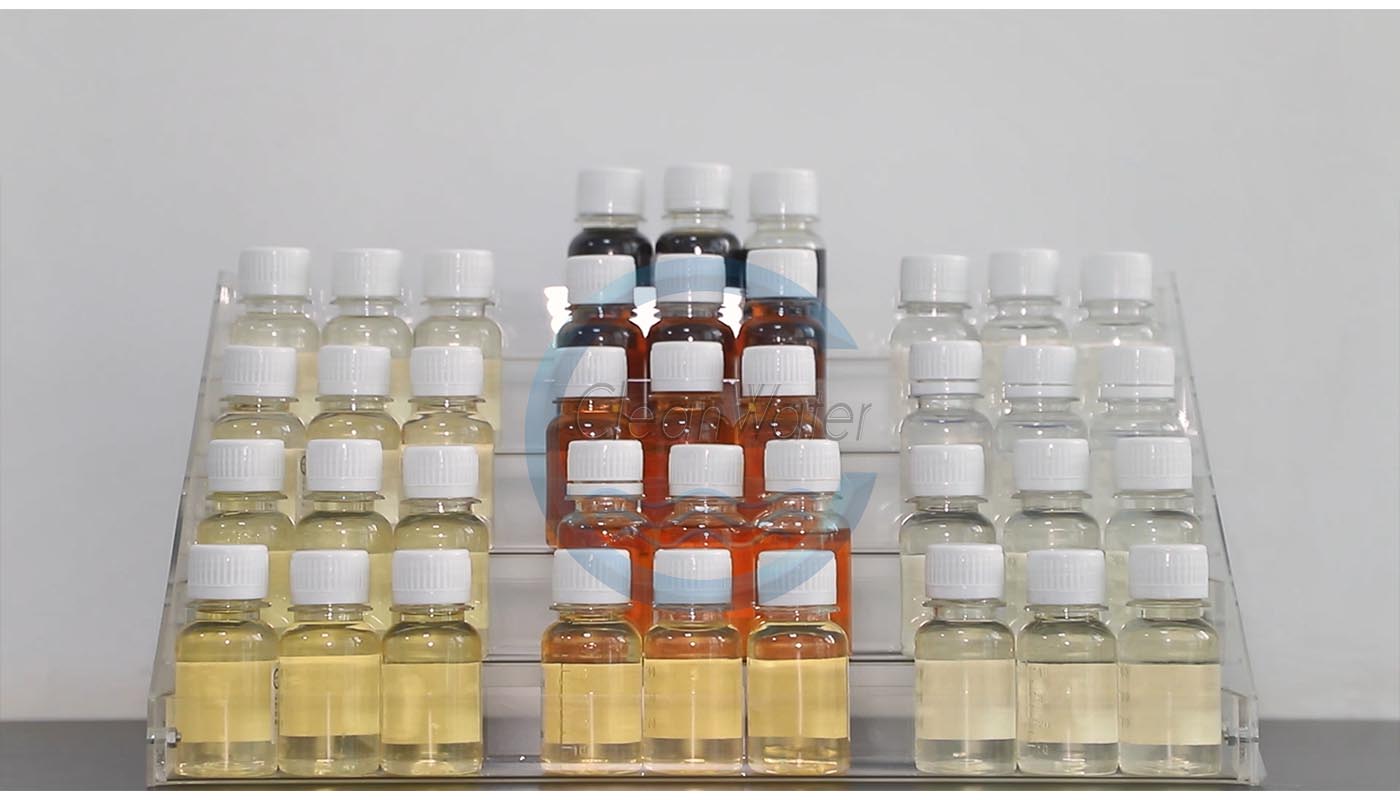
After the sewage treatment plant is officially put into operation, its sewage treatment cost is relatively complex, which mainly includes power cost, depreciation and amortization cost, labor cost, repair and maintenance cost, sludge treatment and disposal cost, reagent cost, and other costs. These costs constitute the basic cost of sewage treatment plant operation, which are introduced one by one below.
1.Power cost
Power cost generally refers to sewage plant fans, lifting pumps, sludge thickeners and other equipment related to power consumption. Different local bulk industries charge different electricity charges. The local sources of electricity may also have seasonal differences and temporary adjustment differences (such as hydropower generation). The power cost accounts for about 10%-30% of the actual total cost, and in some places it is even higher. The proportion of power cost increases with the reduction of depreciation and amortization of sewage treatment plants. Generally speaking, one of the main aspects of cost saving is power cost.
2. Depreciation and amortization cost
As the name suggests, depreciation and amortization cost is the amount of depreciation of new buildings or equipment each year. Generally speaking, the depreciation of power equipment is about 10%, and that of structures is about 5%. Ideally, the amortization cost will be zero after 20 years, and only the residual value of the equipment and structures will remain. However, this is only ideal, because it is impossible not to replace
equipment and make technical changes during this period. Generally speaking, the newer the plant, the higher the cost. The cost of a new plant can generally account for 40-50% of the total cost.
3. Maintenance cost
As the name suggests, it is the cost of equipment maintenance, including maintenance materials, spare parts, control cabinet preventive tests, etc. Some plants will also include the maintenance of supporting trunk pipes. Generally, there will be a provision

when making plans at the beginning of the year, which will not be discussed here. Generally speaking, the maintenance cost gradually increases with the age of the plant, and the maintenance cost accounts for about 5-10% of the total cost, or even higher, and the maintenance cost has a large fluctuation range.
4.Cost of chemicals
Chemical costs mainly include the cost of carbon sources, PAC, PAM, disinfection and other chemicals commonly used in sewage treatment plants. Normally, chemical costs account for a small proportion of the total cost, about 5%.
Yixing Cleanwater Chemicals Co., Ltd. is a professional water treatment chemical manufacturer that supports personalized customization of chemicals, which can minimize your chemical costs.
Whatsapp:+86 180 6158 0037
Post time: Oct-26-2024


